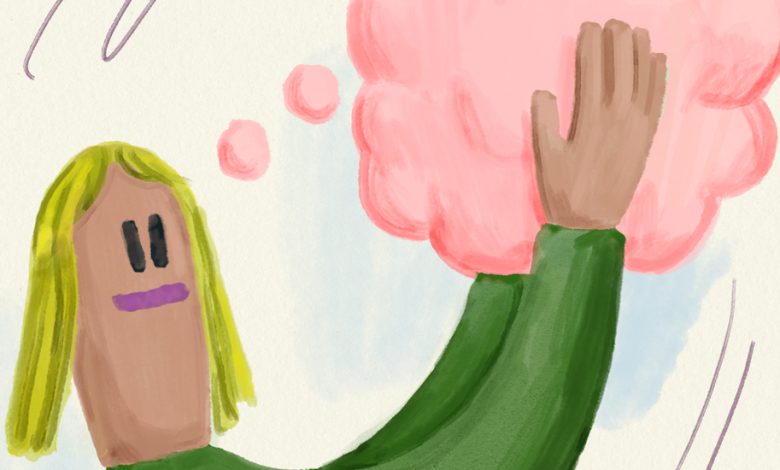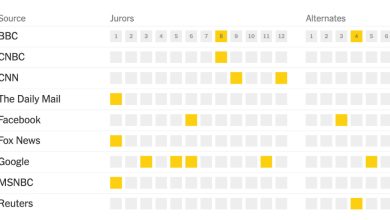The Long, Strange History of ‘Manifesting’

Reality is what you make it — at least according to those who believe in manifesting, the art and quasi-spiritual science of willing things into existence through the power of desire, attention and focus.
Want to improve your health or make more money or get more Instagram followers? Believe hard enough, a host of TikTok “manifesting” influencers insist, and the vibes of the universe will bring what you desire into existence.
In some ways, this is a new trend. The idea of manifesting as it is understood today rose to popularity as part of a boom in online spiritualism and self-help philosophy that emerged during the pandemic. According to Google data, online searches for “manifesting” rose more than 600 percent during the first few months of the pandemic.
But while the idea of manifesting may seem modern, the instinct to conflate spiritual forces, political and economic outcomes and our own personal desires is part of a longstanding American tradition that dates back much, much farther than the pandemic.
To understand today’s manifesting culture and what it means, we need to look deeper into history — beyond the 21st century and back to the 19th, to a little-known but once extraordinarily popular American religious tradition known as New Thought, or the “mind cure.”
New Thought can be traced back to the 1800s and a New England faith healer named Phineas Parkhurst Quimby. Quimby wondered why, when given the same treatment, some of his patients got better and others didn’t. The answer, he concluded, had to do not with a fault in his methods but rather with a discrepancy in his patients’ mind-sets. Some people simply wanted to get better more than others did. Those who wanted it badly enough were able to essentially get in touch with and harness the energy of the universe to will themselves to heal. Those who didn’t, well, simply died.



